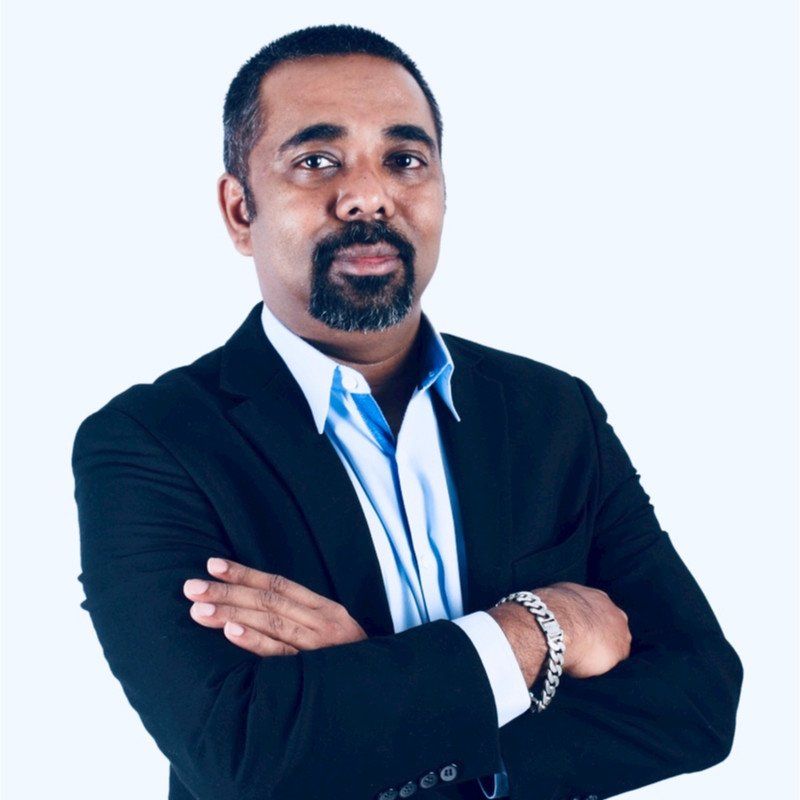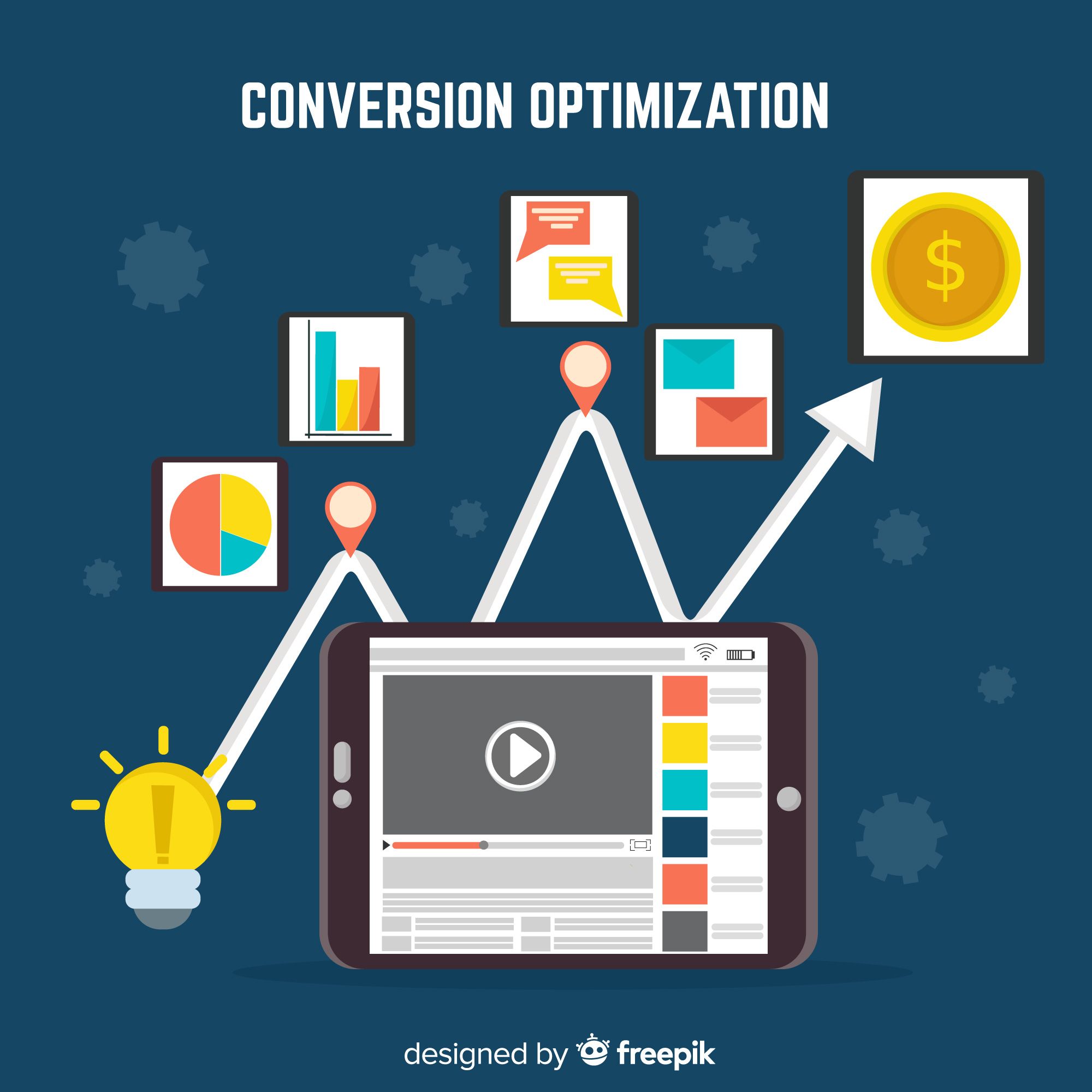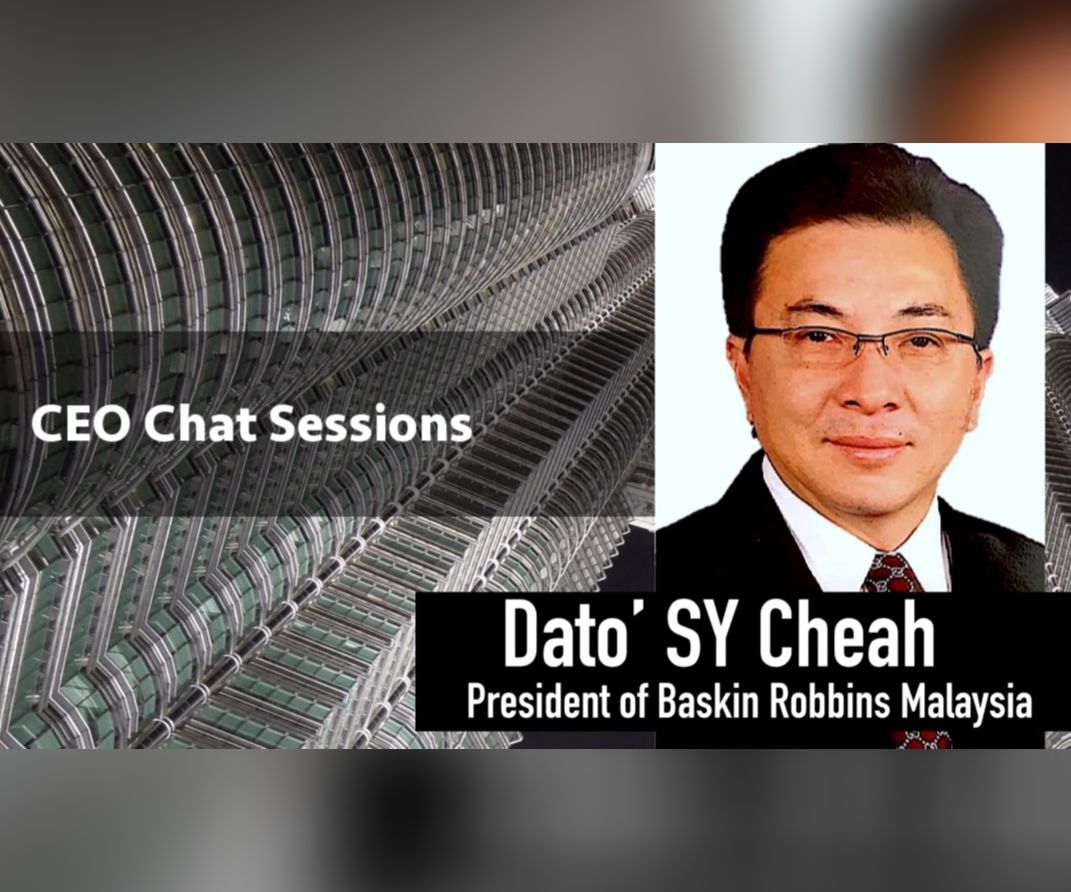The Millennium Disruption That Never Happened?

We are now two decades past the once fearsome Y2K bug. I remember vividly, discussing with my research colleague in a cold Oxfordian style university laboratory what the bug is going to do once the clock struck 12 at midnight. Big Ben was ringing and we were all prepared for the infamous perceived black out and massive disruption that was going to impact everyone’s life.
Twenty years on, and as one reflects, the reality is disruption has happened and our lives has changed.
My favourite store then was Blockbuster Video, and from 1st April 2019, there is only one store left in the entire world, in a strip mall, in a small town named Bend in Oregon, USA. Another favourite brand that ceased its operations a year before that was Toys R Us, USA. It closed its business and almost all 800 stores after 70 years of operations.
Two unknown names also emerged and resulted in changing the balance of play in the travel and transportation industry; Airbnb in 2008 and Uber in 2009. Ten years before that, the music industry was disrupted, first by Napster, then iTunes and now Spotify. I remember the last CD I bought was almost seven years ago.
Closer to home, technology based companies such as Alibaba and Tencent changed people’s behaviour by going mobile and cashless! Even closer, a German based technology company saw great success by betting on consumer behaviour in the emerging markets and creating a successful company called Lazada.

At home, a few household names such as AirAsia, Grab, Fave and Carsome have successfully changed the way we think and behave. AirAsia is a great example of a disruptor, in just two decades, it has successfully caused the need to bail out our national airlines. Grab has successfully made the Malaysian taxi drivers improve their behaviours. The examples today are long and lengthy.
What do all of these companies or start-ups have in common?
Instinctively our answer would be to say, they all have great technology and great innovation. And with that technology they get great valuations and are able to raise substantial amount of funding from investors. Grab for example was able to raise close to USD 2 billion in 2017, even put Uber out of the market place in South East Asia.
Carsome recently raised USD 50 million of series C investments. Therefore, it is natural to assume that the success is due to the cutting edge technology these companies employ in operating their business. It is true, however, its success is not entirely dependent on technology.
Let’s ponder upon a few scenarios:
- Before AirAsia, travelling by air for Malaysians and South East Asians was considered luxurious and expensive. It was glamorous to be able to take a flight somewhere but for the average Joe, it was totally unaffordable.
- Before Grab, it was a total pain getting a taxi from the city centre to get back home. The constant haggling for a reasonable taxi fare; the unreliability as well as tampered taxi meters added to the frustration and there was also a threat to personal safety.
- Before Carsome, it was a huge effort to buy or sell a used car. One sometimes relied on used car dealers to provide good and fair valuation and at other times, endure numerous hidden charges to have the ownership transferred.
These are examples of real problems faced by customers, and they were solved by these companies respectively. These organisations developed a good business model that addressed the need of its customers and not the need of technology wizards or the angel investors.
If one is to dissect these organisations and see what truly drives their success, one would quickly find that the business model created was to deliver value to both the customers and the shareholders. The few elements that binds the ability to create value are (Figure 1):
1. Customer Value Proposition – to ensure that a fundamental customer problem is solved by adopting a faster, better and cheaper proposition.
2. Profit Formula – to consider profitable value tree based on the revenue, operational cost, working capital and interests. Essentially working backwards by either starting with the price or the cost structure.
3. Key Resources – to truly understand the capability and competency that is required to deliver the customer value.
4. Key Processes – to have a standardised operational and management process that can be easily repeated, duplicated and scaled.

Figure 1: Mark W Johson, “Digital Growth Depends More on Business Models Than Technology.” HBR, December 14, 2018.
The coherent interactions of these four elements, as shown in Figure 1, can form a powerful engine that propels a business forward in leaps and bounds, therefore resulting in the disruptions that we see today.
Organisations that understand the interactions, has the advantage to capitalise on the opportunities to create successful customer value propositions and business values. AirAsia, Grab and Carsome are examples of how digital transformation led to the creation of enormous business value.
We can all now easily book an affordable flight, hail a cab at our convenience and arrive at our intended destination on time; buy and sell cars without having to endure unknown hidden costs; all done over a mobile phone. Best of all, listen to our favourite tunes and watch our favourite shows as and when we choose, not the least binge as and when we please!
The Y2K bug didn’t cause any blackouts when it was anticipated to but the millennium has brought disruptions to us all. Individually, it has changed the way we communicate and transformed how companies use technology to conduct business and reach their customers faster, better and more efficiently.
Business
Tags: Worldview
Arul is currently an independent consultant working on improving the component level supply chain for a popular electric vehicle brand and also enabling the disruption of delivery services with cloud based technology solutions. He formerly was with GEODIS as the regional director of transformation and as the MD of GEODIS Malaysia. In GEODIS, he executed regional transformation initiatives with the Asia Pacific team to leapfrog disruption in the supply chain industry by creating customer value proposition, reliable services and providing accurate information to customers. He has driven transformation initiatives for government services and also assisted various Malaysian and Multi-National Organisations using the Lean Six Sigma methodology.





